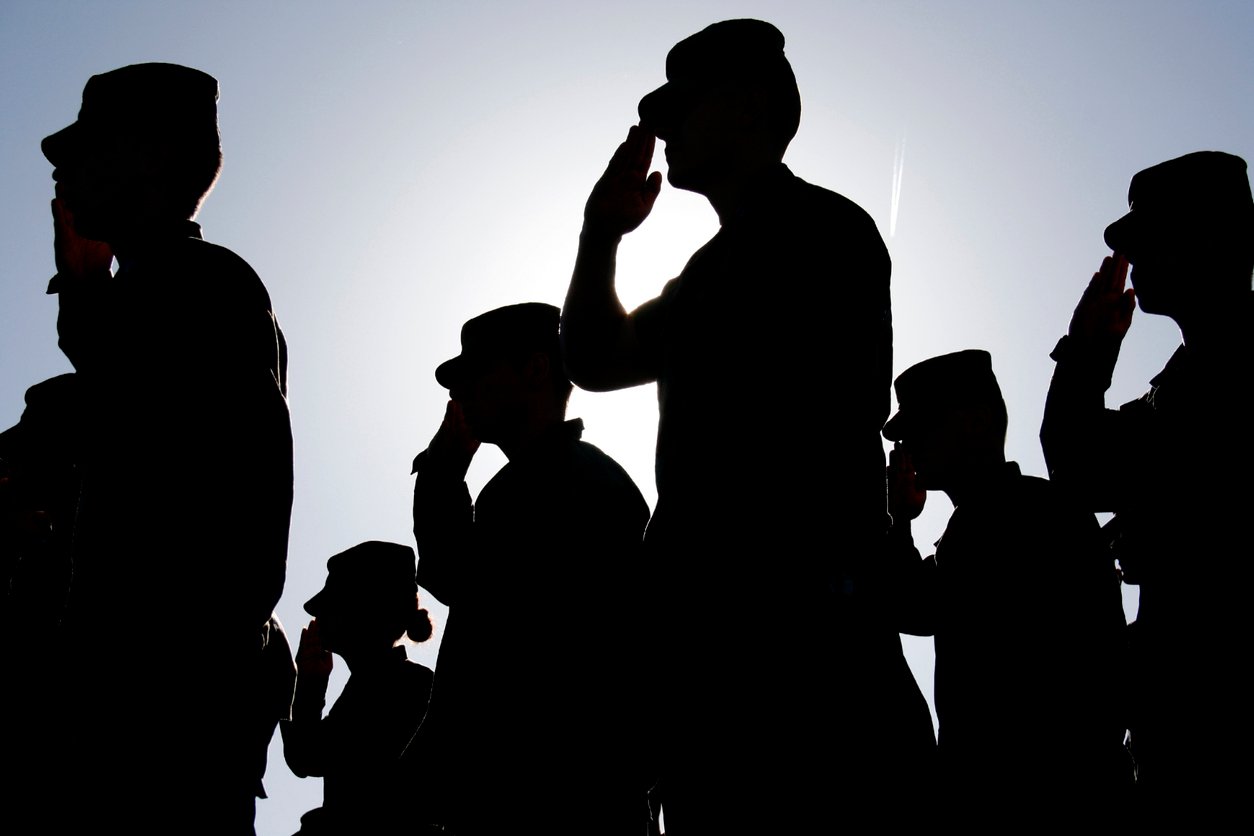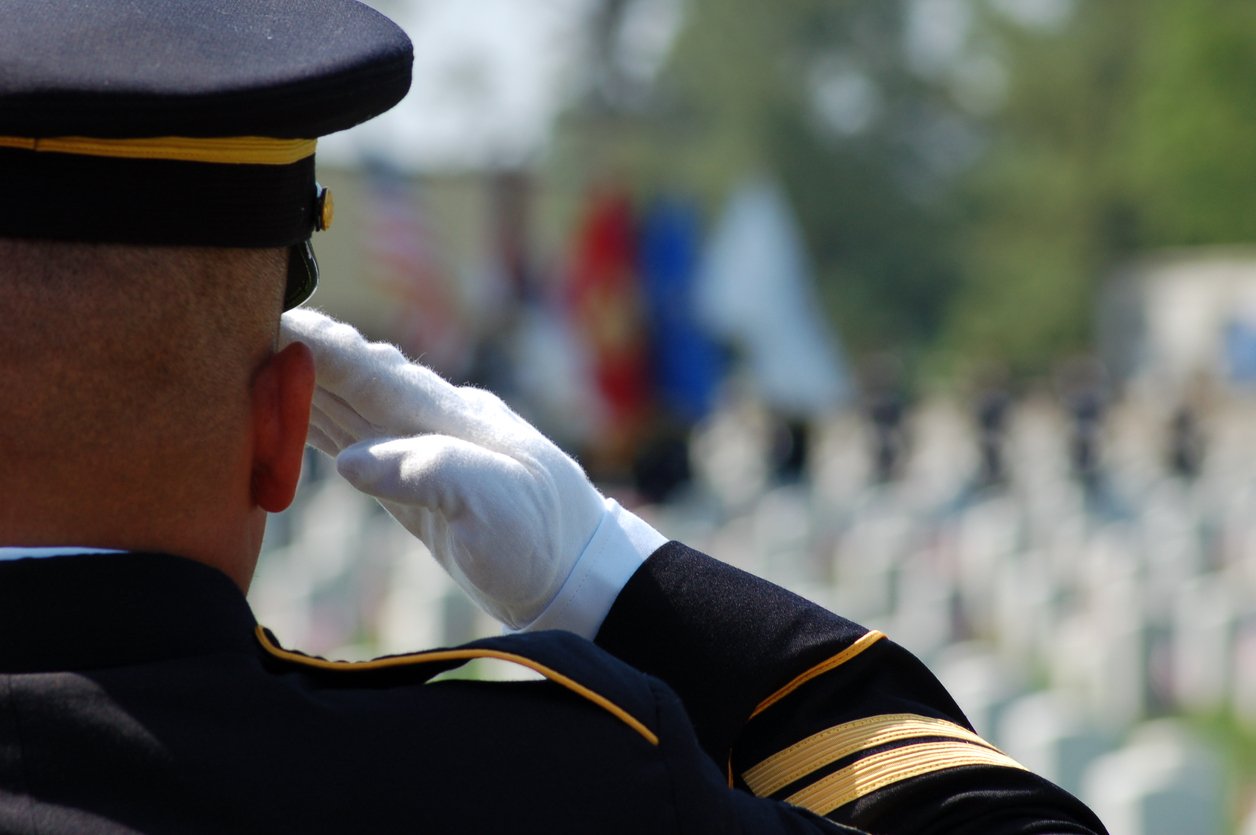Originally, the military salute was a sign of peace and courtesy, taking on a more solemn character over the centuries to become today a sign of loyalty and brotherhood. There are as many military salutes as there are armies in the world, but its origin is common to all military.

The history of the military salute
The history of the military salute dates back to ancient times, when two warriors met they would exchange a sign with their right hand (open palm) to indicate that they were unarmed. This peace sign testified to their good intentions towards each other.
But the meaning of military salute will take on its full meaning in the Middle Ages, becoming a gesture of respect and courtesy. When two riders faced off in a duel, it was customary for each to reveal his face before the fight to greet the opponent. This salute was reflected in a gesture of the right hand to their helmets in order to raise the visors of their helmets.
In the 17th century, when two military crossed, they raised their right hand towards the sky, spreading three fingers, to allude to the three persons of the Holy Trinity. Over time, this gesture, which has become common to all soldiers, will evolve: the hand will stop at the height of the headdress (beret, helmet, etc.), thus a sign of loyalty and reciprocal brotherhood.
How to greet a soldier?
According to the 1916 French Army Infantry Book, the military salute is carried out as follows:
“Bring the right hand open to the right side of the hairstyle, the hand in the extension of the forearm, the fingers extended and joined, the thumb joined to the other fingers or slightly apart. The palm forward, the arm substantially horizontal and in line with the shoulders. The attitude of greeting is taken with a lively and decided gesture and looking at the person being greeted. The salute finished, the right hand is hastily returned to the ranks.
Any soldier crossing a superior salutes him when he is six paces away and maintains the attitude of salute until he has passed it. If he passes a superior, he salutes him when he arrives at his height and maintains the attitude of salute until he has passed him by two steps. If he is armed, he presents the weapon by turning his head to the side of the superior. […] »
But this highly regulated military salute is specific to the French army. As for the rest of the world, each army now has its own military salute.
Military salvation beyond borders …

UK and France share the same military salute unlike the rest of the world. In addition, one could think that the United States and Canada carry out a military salute similar to that of the French but it is not identical.
The salute is performed in the same way, but the palm is turned inwards (horizontally). This military salute would originate from a naval tradition : the crew members, often having their hands dirty, turned their palms so as not to show them to the eyes of officers.
Each military salute has its own subtleties, but only the Polish army has retained the ancestral health three-fingered. Even if, ultimately, the military salute remains above all a gesture of courtesy …

